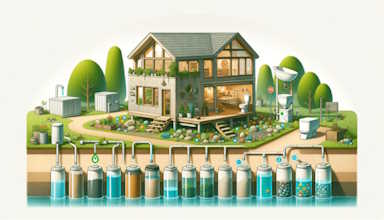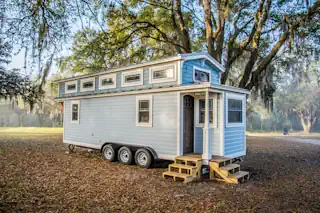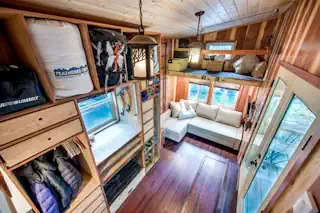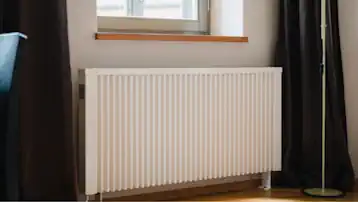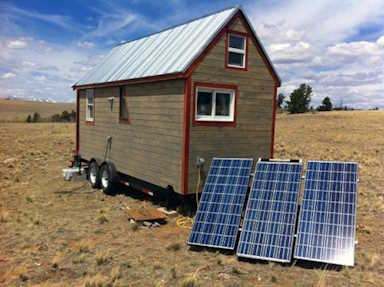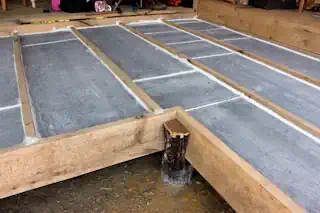The Great Debate: Tiny Home Construction – Wood Versus Metal
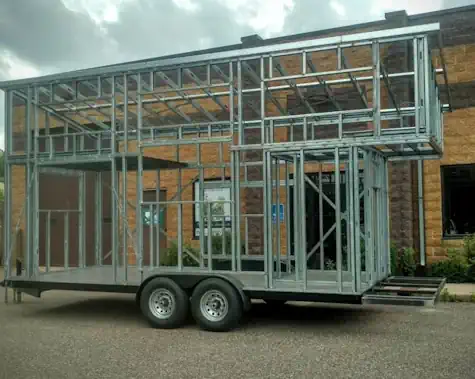
In the burgeoning world of minimalist living, the tiny home trend continues to capture the imagination and stoke the aspirations of many. One critical decision that captures the essence of tiny home construction lies in the material of choice – wood or metal. Whether you’re a DIY enthusiast chasing the dream of an off-the-grid hideaway or a potential homeowner navigating the labyrinth of petite dwelling options, the decision of a lifetime (at least, for your tiny house) awaits. This post will dissect the advantages and drawbacks of each option, preparing you to make an informed choice that aligns with your vision.
Understanding the Buzz Around Tiny Homes
Before we engage in the timber-vs-steel discussion, it’s worth noting the philosophy that drives the tiny home movement. At its core, this trend champions the principles of simplicity, sustainability, and space minimization. With a reduced environmental footprint and a liberation from the costs and burdens associated with traditional homeownership, the allure of these diminutive dwellings is clear. However, the construction material used can greatly impact the integrity, quality, cost, and footprint of a tiny home, and thus, the choice demands careful consideration.
The Warmth of Wood in Tiny House Living
Wood, with its timeless appeal and rustic charm, has been the traditional darling of home construction. In the context of tiny homes, it offers an element of coziness and a tie to natural living seldom matched by its metal counterpart. Yet, as we peel back the layers, wood construction reveals both its deeply positive and negative traits.
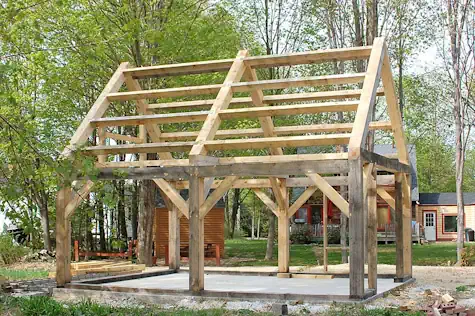
The Pros of Timber
Aesthetic Integrity: One could argue that the lovely timber textures and the warmth they exude are indispensable qualities in the tiny house experience, offering a link to natural living that many crave.
Ease of Customization: The D-I-Y builder’s canvas, wood allows for relatively simple interior modifications, making it an ideal material for those who cherish a hands-on approach to building.
Renewable and Regenerative: In comparison to steel buildings and to other building materials, timber ranks high in sustainability. It’s renewable and, through responsible forestry practices, can be a regenerating resource.
The Notorious Cons
Vulnerability to Elements: The very characteristics that make wood aesthetically pleasing pose challenges when combating the elements. Moisture, pests, and fire all stand as risks to wooden tiny homes.
Longevity and Maintenance: Regular maintenance is a requirement to ensure the longevity of a wooden structure. Without proper care, a wood home could become a haven for mold and termites rather than a sanctuary for its residents.
The Industrial Strength of Metal Tiny Homes
Metal, the very embodiment of modernity and industry, brings a vastly different sensibility to tiny homes. With unmatched resilience and a sleek, contemporary look, it holds several advantages over its wooden counterpart.
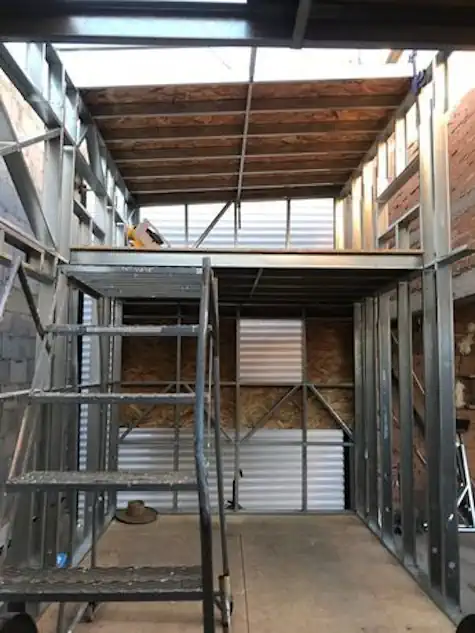
The Steel Frame Advantage
Durability: Against the perils of time and nature, steel structures prove formidable. They shrug off moisture like it’s nothing and their buildings are no playground for pests.
Cost Efficiency: Though the upfront cost for a metal tiny home might be higher than one made of wood, the life-cycle cost analysis often tips in its favor thanks to minimal maintenance requirements and longevity.
Fire and Rot Resistance: Whether you’re in a dry climate susceptible to wildfire or a damp one where mold thrives, metal stands guard against these property-endangering issues.
Leaning into Limitations
Aesthetically Challenged: For some, the beauty of industrial architecture resonates through metal as if it were singing its unique melody. Yet for others, this same metal is but a discordant noise amid the symphonic harmony of what they consider home.
Complex Customization: While possible, customizing a metal tiny home tends to be more difficult and requires more specialized tools and skills than wood. This complexity can be a barrier for some.
Crunching the Numbers: Costs of Construction
The decision to adopt a tiny home lifestyle often arises from a desire to minimize not just the square footage but also the financial burden of housing. When comparing the costs of building a wood-framed home versus a steel-framed home, there’s more to consider than just the purchase of materials.
Upfront Costs
When builders first draw the line in the sawdust or weld the steel beams, the cost of wood construction may seem more wallet-friendly. Metal, with its need for precision tools and skilled labor, often means a pricier outset.
Long-Term Investments
What the initial numbers don’t always show is the long-term investment. The longevity of metal construction and its minimal demand for repairs suggest that, over time, it could be the more economical choice.
Value in Variation
Of course, not all wood is created equal, nor is every steel-framed metal structure identical in cost. The value in variation is where your unique design choices and living circumstances come into play, potentially skewing the cost analysis in unexpected directions.
Eco-Friendly Escapades
Sustainability lies at the heart of the tiny home movement. Considering the environmental impact each material has is a crucial part of planning a tiny abode that honors the ethos of minimalism.
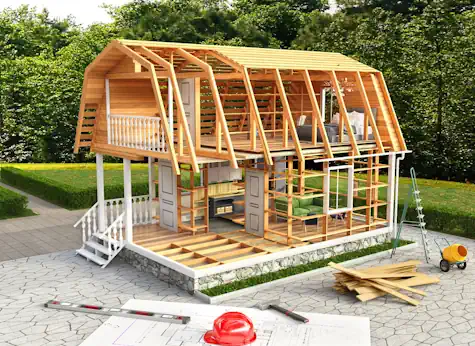
The Wooden Footprint
Wood’s renewable nature seems at first blush an immediate win for sustainability. Coupled with responsible logging practices and the potential for carbon sequestration, timber can indeed be a green choice.
Metal’s Mark on the Earth
However, steel studs are the most recycled materials on the planet. Local building code often tends to favor steel construction because of its fire-resistant nature. It’s also worth noting that metal homes can often be lighter and have less ground coverage, reducing their environmental impact during construction and beyond.
The True Tale of Impact
Scrutinizing the environmental impact isn’t just about the material but about how it’s used. From sourcing to placement to the home’s actual use, every decision matters in the overarching narrative of sustainability.
Building Your Future, Piece by Petite Piece
When it comes down to it, the wood-versus-metal debate is a deeply personal one. Each individual’s lifestyle, priorities, and vision for their home are as unique as the dwellings themselves.
Tailor Your Tendencies
Consider the role you want your tiny home to play in your life. Is it a rugged adventurer, a snug nest, an architectural showpiece, or something else entirely?
Planning with a Purpose
Effective planning, be it through cost projections, environmental impact studies, or lifestyle simulations, will unveil the best path forward for your tiny home construction project. The construction process can be stressful but proper planning could make the clean, straight forward and maybe even enjoyable.
Assessing Anchors
The four walls (or two, or six) of your tiny home will anchor you to a certain style, a certain cost, and a certain set of values. Understanding this is key to a fulfilling and informed decision-making process.
Engaging with Experts
Whether engaging with builders, architects, or fellow tiny home enthusiasts, gathering varied perspectives and advice can ensure a well-rounded education on the topic.
In the end, whether it’s the subtle creak of wood settling or the silent strength of steel framing, your tiny dream home is a reflection of you. Choose wisely, build thoughtfully, and may your abode be a sanctuary that not only shelters your body but also nourishes your soul – whatever the material may be. And here’s to a world where big adventures come in tiny homes.
Frequently Asked Questions (FAQ)
Can Tiny Homes Be Moved Easily?
Wooden Tiny Homes: Due to their lighter weight, wooden tiny houses and homes can be somewhat easier to move. However, the move’s ease depends largely on design and foundation type.
Metal Tiny Homes: Metal frame structures, while typically heavier, offer rigidity that might better withstand the rigors of moving. Special equipment might be needed for the task.
How Do Climate Conditions Affect Material Choice?
In dry and fire-prone areas, metal tiny homes provide better protection due to their fire-resistant nature.
In wet, humid regions, metal’s resistance to rot and mold gives it an edge over wood, which requires more maintenance to combat moisture-related issues.
Is Customization Really More Challenging with Steel Frames?
Yes, but it largely depends on what you wish to customize. Broad, architectural changes and large cutouts can be more complex with metal, needing specialized tools and skills. With wood, adjustments, and modifications can often be made with common carpentry tools.
Which Material Is More Sustainable in the Long Run?
Both materials have their green credentials. Wood, being renewable and capable of carbon sequestration, and metal, with its unparalleled recyclability, can be sustainable choices. The key is in sourcing responsibly and considering the full lifecycle of the materials used.
Can I Build a Tiny Home Myself, or Do I Need Professionals?
A mix of both might be the best route. For those with some building experience, constructing a wooden tiny home might be within reach. Metal homes, due to their specialized construction, might benefit more from professional involvement, especially for the more structural integrity and framework.
How Does the Cost Compare Between the Two Materials After Construction?
Initially, metal might seem pricier than wood frame due to higher material and labor costs. However, the reduced maintenance, durability, and potential insurance benefits can make it more cost-effective over time. With wood, ongoing maintenance can add up, affecting long-term affordability.
What Should I Consider Most Important When Choosing Between Wood and Metal?
Consider your priorities: sustainability, durability, customization, aesthetic preference, and climate resilience. Understanding your long-term goals and values will guide your choice between wood and metal for your tiny home.
